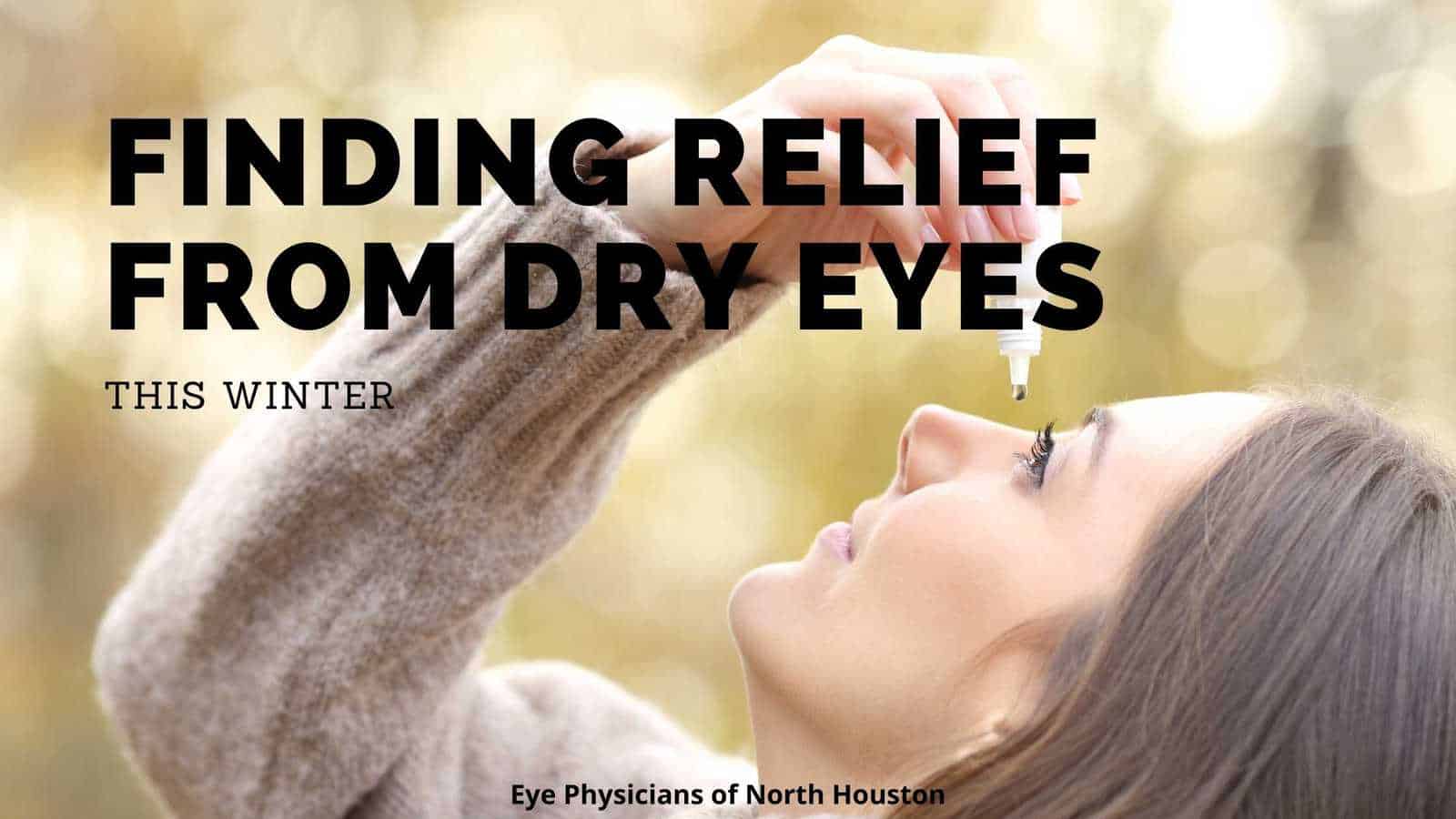Winter is a time to don cozy sweaters, attend seasonal events, and enjoy hot chocolate. But, according to an article in the journal Ophthalmology, it is also time for dry eyes (DE) as researchers found evidence of an apparent seasonal variation in the condition, which peaked in the winter and spring. The condition can cause several symptoms that leave your eyes feeling scratchy and uncomfortable. Ideally, you should schedule a dilated eye exam with a board-certified ophthalmologist to confirm the diagnosis of dry eye and rule out any other vision-impairing eye disorders, such as cataracts.
The following are some cost-effective ways to help you manage the symptoms of DE.
Stay Hydrated
Water is not only good for your overall health and well-being, promoting brain function and maximizing physical performance, it is also essential for specific moisture-loving areas of your body like your skin and eyes. Making it a habit to drink plenty of water throughout the day is the best thing you can do to prevent dehydration, which may help promote tear production, averting uncomfortably dry eyes. You can even drop some citrus fruits into the water to add flavor.
Use Artificial Tears
Using artificial tears is an excellent way to restore moisture. You can find these without a prescription at most retailers, whether in-person or online, at an attractive price point. Of the two types commonly sold – preservative and preservative-free – the latter tears are ideal for using on a needed basis as those containing preservatives may irritate your eyes. Consult your board-certified ophthalmologist if you are not finding temporary relief or using the tears with increased frequency.
Take Frequent Breaks
Digital-related eye strain can affect your eyes since you likely do not blink as often as you would do other activities. The American Academy of Ophthalmology recommends making a conscious effort to blink and follow the “20-20-20 rule frequently.” That rule says to look at something 20 feet away every 20 minutes for 20 seconds each time. You may also want to consider discussing prescription computer glasses, which help reduce eye strain, with your board-certified ophthalmologist.
Avoid Rubbing Your Eyes
Dry eye can cause several symptoms that create a feeling of discomfort, and while there are various ways to find relief, rubbing your eyes should not be one of them as this may cause more harm than the temporary relief you find is worth. Doing this can exacerbate dry eyes and other conditions, or worse, increase your risk of glaucoma. Instead, use artificial tears as often as needed, assuming they are preservative-free rather than give in to the urge to rub your eyes when they feel itchy or scratchy.
Visit a Board-Certified Ophthalmologist
Using only the most advanced technologies and techniques, the board-certified ophthalmologists at Eye Physicians of North Houston provide compassionate, comprehensive patient-centered care in Houston with more than 40 years of experience caring for your eyesight.
Our conveniently located ophthalmology practice, open Monday through Friday from 8:00 am to 5:00 pm, diagnoses and treats eye disorders like cataracts and glaucoma for thousands of patients each year. We invite you to schedule an eye examination with one of our board-certified ophthalmologists in North Houston at (281) 893-1760.
Resources:
Boyd, Kierstan. “Computers, Digital Devices, and Eye Strain.” American Academy of Ophthalmology (AAO), March 3, 2020.
Boyd, Kierstan. “Remedies to Reduce Dry Eye Symptoms.” American Academy of Ophthalmology (AAO), February 6, 2018.
Kumar, Naresh et al. “Seasonal Variation in Dry Eye.” Ophthalmology vol. 122,8 (2015): 1727-9. doi:10.1016/j.ophtha.2015.02.013
Leech, Joe. “7 Science-Based Health Benefits of Drinking Enough Water.” Healthline, June 30, 2020.

